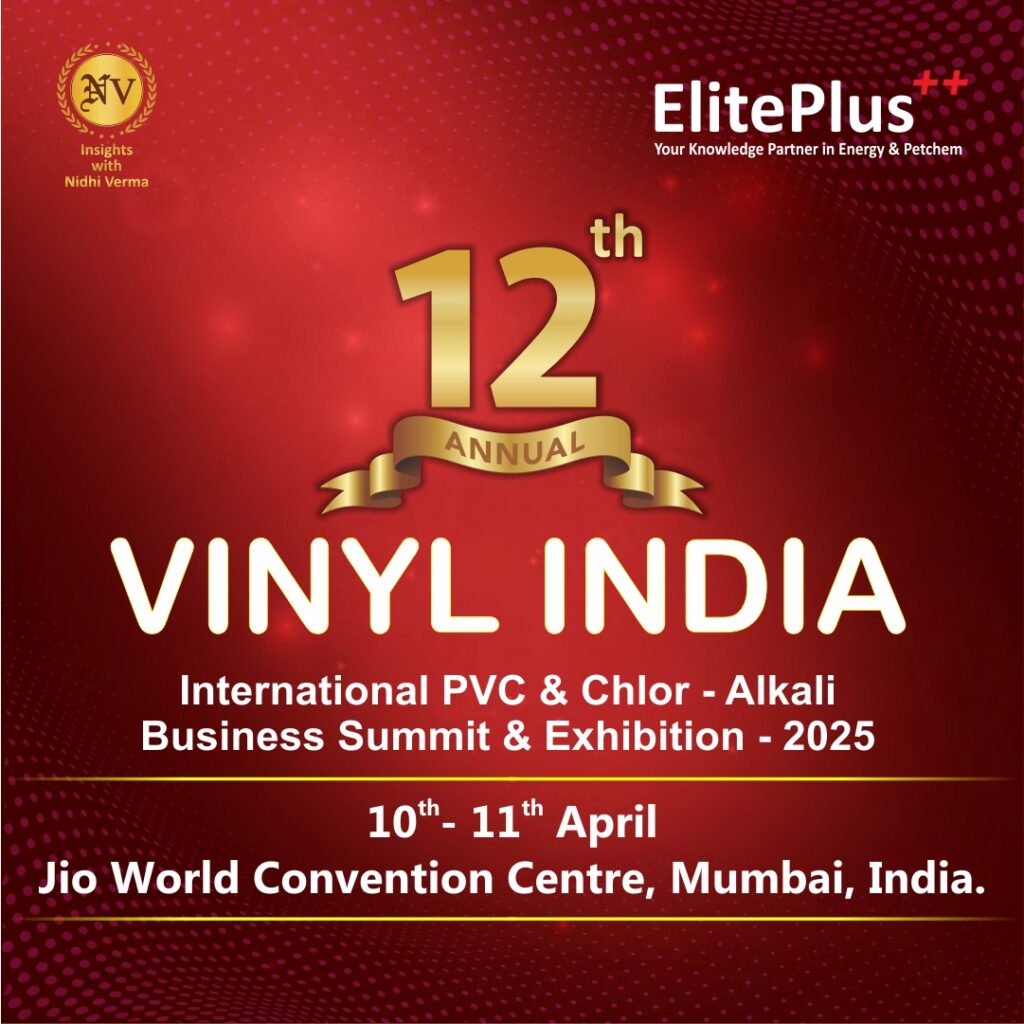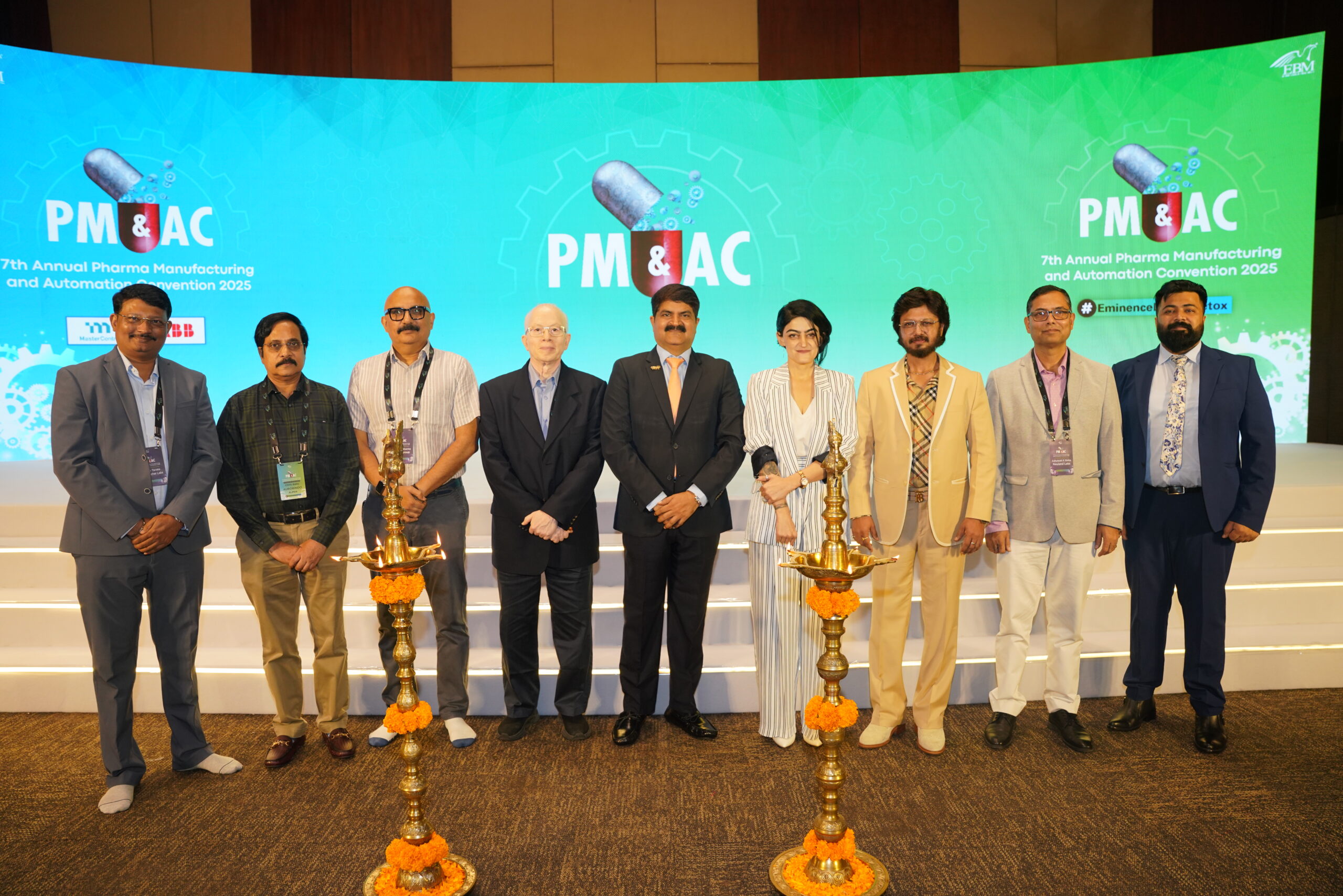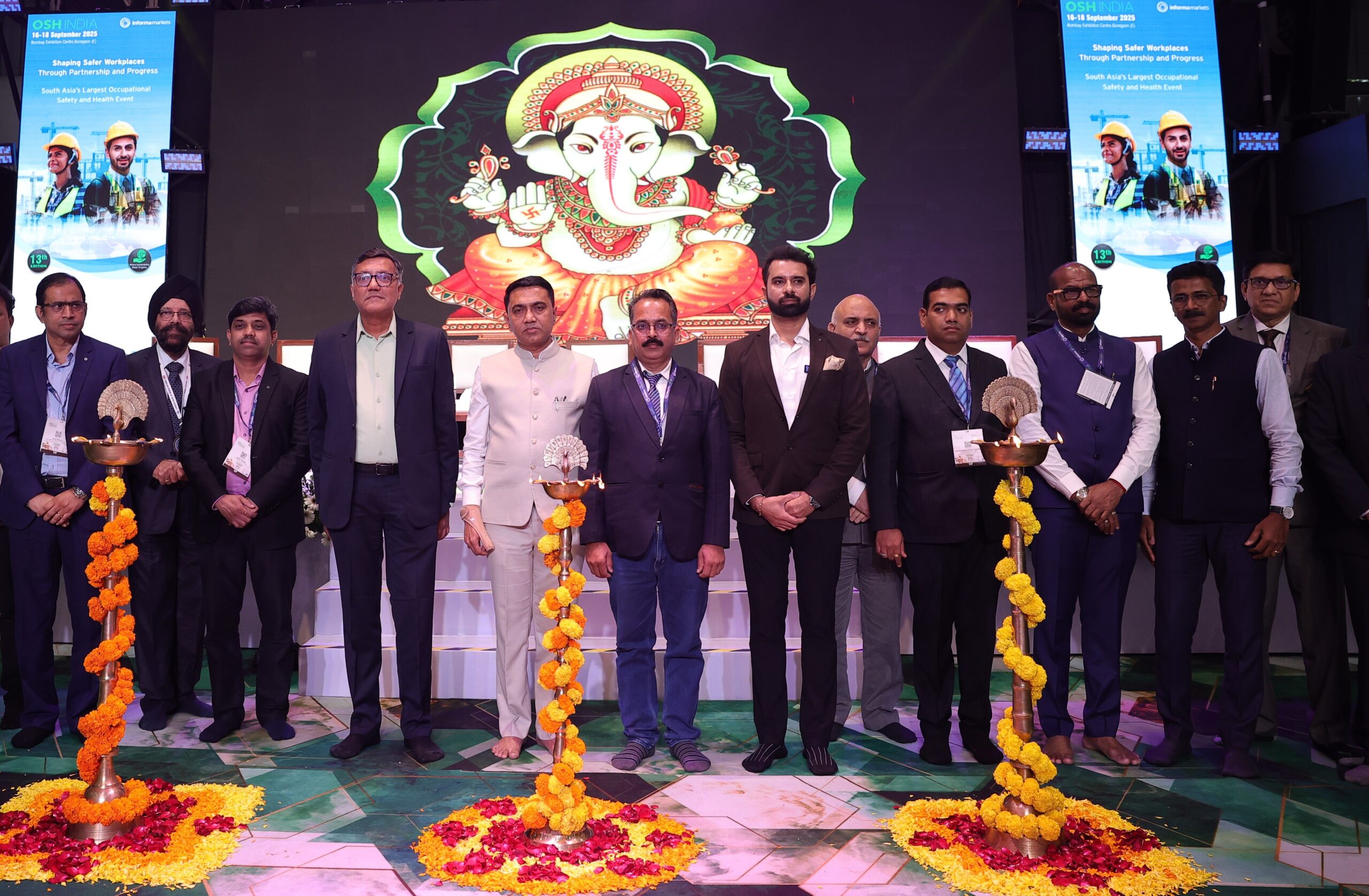In a world increasingly defined by precision, personalization, and speed, the pharmaceutical industry is undergoing a profound transformation. Dubbed “Pharma 4.0,” this revolution signifies the fusion of the Internet of Things (IoT), automation, data analytics, and digital intelligence into pharmaceutical manufacturing processes. More than a buzzword, Pharma 4.0 is a strategic imperative—one that reimagines manufacturing not just as a production process but as a living, responsive, intelligent ecosystem.
The Evolution: From GMP to Smart Manufacturing
Traditionally, pharmaceutical manufacturing operated within the rigid boundaries of Good Manufacturing Practices (GMP). While GMPs ensured quality and compliance, they often came at the cost of agility and real-time responsiveness. Pharma 4.0 does not replace GMP—it amplifies it.
With the integration of IoT devices and automation systems, companies can now monitor and control every stage of the manufacturing lifecycle with pinpoint accuracy. Sensors embedded in machines capture critical data in real-time, while AI-driven algorithms analyze performance, predict anomalies, and enable immediate corrective actions.
Case Study 1: Novartis and Smart Manufacturing in Switzerland
Novartis has been at the forefront of Pharma 4.0. At its Stein, Switzerland facility, the company implemented a fully digital and automated production line for its solid-dose pharmaceuticals. Using IoT-enabled sensors and real-time data analytics, Novartis achieved a 30% reduction in downtime and a 60% faster batch release time.
The core innovation lies in their use of continuous manufacturing (CM) powered by Process Analytical Technology (PAT). This integration not only ensures product consistency but also drastically reduces human error—one of the largest causes of batch rejection.
Case Study 2: Pfizer’s Digital Twin Strategy
Pfizer uses digital twins—virtual replicas of physical processes—to simulate and optimize production environments. These twins, built with real-time data from IoT-enabled equipment, enable Pfizer to test process changes in a risk-free environment before applying them to actual operations.
This was instrumental during the COVID-19 vaccine production ramp-up. The use of digital twins enabled the company to optimize the yield of its mRNA vaccine manufacturing by 20% without requiring physical changes to the factory floor.
Case Study 3: Glenmark’s Automation Leap in India
Closer home, Glenmark Pharmaceuticals has adopted automated robotic process systems in their Goa plant for tasks such as tablet counting, bottle filling, and packaging. Integrated with IoT monitoring tools, these systems reduce product variability and increase compliance traceability. This has helped Glenmark cut its operational costs by 15% and improve audit readiness, especially for global regulatory bodies like the US FDA and EMA.
The Strategic Imperative
The integration of IoT and automation is not just about operational efficiency; it’s about business sustainability and competitiveness. According to McKinsey, Pharma 4.0 can reduce manufacturing costs by up to 20%, increase productivity by 30%, and improve compliance outcomes significantly.
However, the transition is not without challenges—data integrity, cybersecurity, talent readiness, and legacy system integration remain major hurdles. Furthermore, organizations must foster a digital culture and leadership that embraces continuous learning and innovation.
Pharma 4.0 in the Age of Personalized Medicine
With the rise of personalized and precision medicine, batch sizes are shrinking while complexity is increasing. Pharma 4.0 enables agile and scalable manufacturing systems that can flexibly adapt to personalized production without compromising on quality or compliance.
Moreover, the integration of real-time patient data (via wearable devices and smart packaging) can feed into post-marketing surveillance systems, completing a feedback loop between manufacturing and patient outcomes—a true realization of patient-centric manufacturing.
Final Thoughts
Pharma 4.0 is no longer an option—it is an obligation. Those who embrace it will not only achieve better outcomes but also transform how the pharmaceutical industry serves humanity. In a world where lives depend on timely, safe, and effective medicines, the adoption of intelligent manufacturing technologies is both a moral and commercial imperative.
Let’s Reflect:
- How ready is your organization’s infrastructure—technologically and culturally—to embrace Pharma 4.0?
- In what ways can regulatory frameworks evolve to better support the adoption of automation and IoT in pharma manufacturing?
- Beyond operational efficiency, how can Pharma 4.0 be leveraged to improve patient outcomes and trust in the industry?
References:
Deloitte: “The Smart Factory and Pharma 4.0”
McKinsey & Company: “Pharma Operations 2025”
ISPE Pharma 4.0 Special Interest Group
Novartis Smart Manufacturing Reports
Glenmark Manufacturing Practices Report






